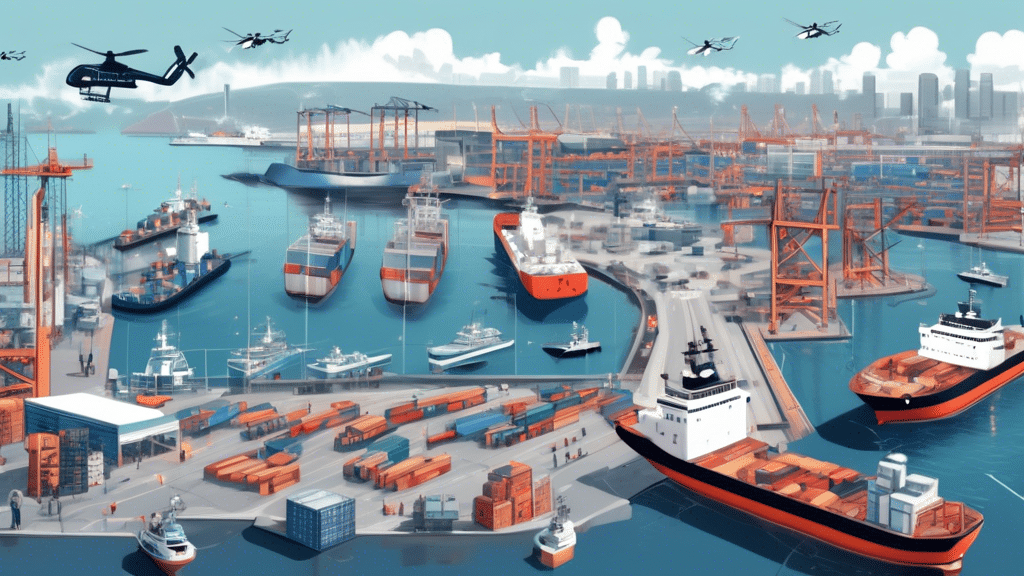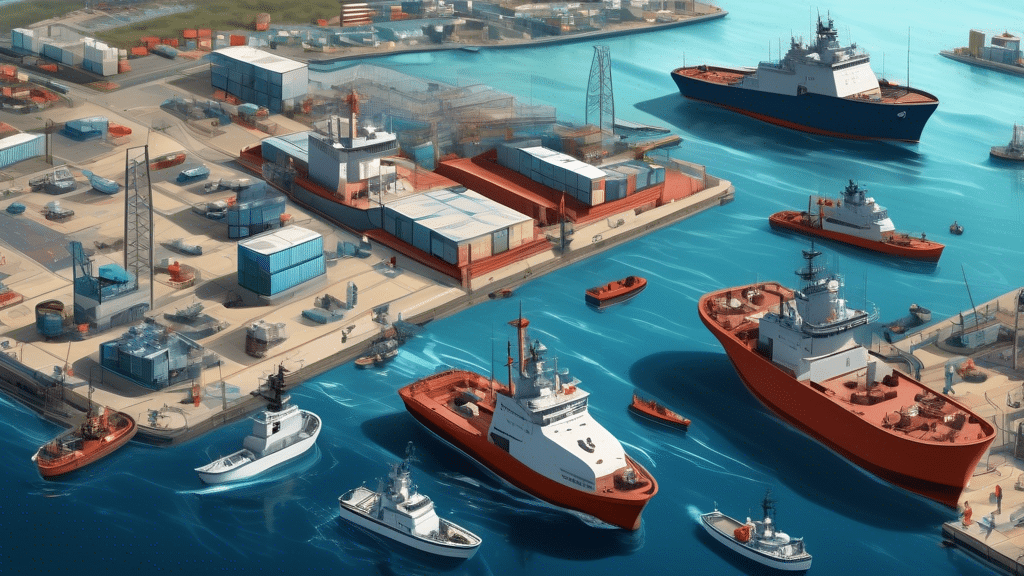The maritime industry is a vital component of global trade, with over 90% of the world’s goods transported by sea. However, the vastness of oceans, diverse geopolitical climates, and the range of potential hazards contribute to the complexity of maritime security. Effective risk assessment and management in maritime security is therefore essential to safeguard lives, cargo, and the maritime environment.
The Importance of Risk Assessment
Risk assessment is the foundational step in maritime security. It involves identifying potential threats, vulnerabilities, and the likelihood of their occurrence. By systematically analyzing these factors, stakeholders can prioritize risks and implement mitigation strategies accordingly.
Several key components make up an effective risk assessment in maritime security:
Identification des Menaces
The first phase is to identify potential security threats. These can range from piracy, terrorism, and smuggling to cyber-attacks on naval systems. Each threat carries specific characteristics and potential impacts, necessitating a comprehensive identification process.
Vulnerability Analysis
Identifying vulnerabilities within the maritime infrastructure is crucial. This includes assessing the physical security of ports, the reliability of communication systems, and the robustness of cybersecurity measures. Vulnerabilities are weaknesses that could be exploited by threats.
Impact Assessment
Impact assessment involves predicting the potential consequences of a security breach. This could be economic loss, environmental damage, or threats to human life. Understanding the implications helps in prioritizing response strategies.
Likelihood Evaluation
The probability of each identified threat materializing must be evaluated. Factors such as geographical location, historical data, and current geopolitical conditions play a role in determining likelihood.
Risk Management Strategies
Once risks are assessed, management strategies must be developed and implemented. Effective risk management in maritime security involves both preventive and reactive measures:
Preventive Measures
Preventive measures aim to reduce vulnerabilities and deter potential threats. These can include:
- Enhanced Surveillance: Utilizing advanced technologies such as radar, satellite tracking, and Automatic Identification Systems (AIS) to monitor vessel movements and detect irregular activities.
- Access Control: Implementing stringent access controls at ports to ensure only authorized personnel can enter sensitive areas.
- Crew Training: Regular training and drills for crew members on security protocols, emergency response, and anti-piracy tactics.
- Cybersecurity: Strengthening cybersecurity measures to protect against cyber threats targeting maritime control systems and communication networks.
Reactive Measures
Reactive measures are actions taken in response to a security incident. These can include:
- Incident Response Plans: Developing and maintaining detailed incident response plans to ensure a quick and coordinated response during a security breach.
- Communication Protocols: Establishing clear communication channels between ships, port authorities, and security agencies to facilitate the flow of information during incidents.
- Search and Rescue Operations: Coordinating with national and international agencies for effective search and rescue operations in case of hijackings or other emergencies.
International Cooperation and Regulations
International cooperation plays a significant role in maritime security. Organizations such as the International Maritime Organization (IMO) and the International Maritime Bureau (IMB) set guidelines and standards to promote safety and security at sea. Key regulations include:
International Ship and Port Facility Security (ISPS) Code
Implemented by the IMO, the ISPS Code provides a standardized framework for assessing and managing risks, ensuring that ships and port facilities worldwide implement consistent security measures.
Regional Cooperation Agreements
Regions prone to specific threats, such as piracy, often form alliances to enhance security. Examples include the Regional Cooperation Agreement on Combating Piracy and Armed Robbery against Ships in Asia (ReCAAP) and the Gulf of Aden region’s Combined Task Force 151.
Technological Advancements in Maritime Security
Advancements in technology are continually enhancing maritime security:
- Drones and Unmanned Systems: Utilization of drones for surveillance, reconnaissance, and even cargo delivery has become increasingly common in maritime operations.
- Big Data and Analytics: Leveraging big data and analytics to predict trends, identify potential threats, and optimize security measures.
- Artificial Intelligence (AI): AI-driven systems can enhance anomaly detection, decision-making processes, and automate threat responses.
Challenges in Maritime Risk Management
Despite advancements, challenges remain:
- Dynamic Nature of Threats: Maritime threats continually evolve, requiring adaptive and forward-looking security measures.
- Resource Constraints: Smaller nations or shipping companies may face resource limitations in implementing comprehensive security strategies.
- Bureaucratic Hurdles: Coordination between various national and international agencies can sometimes be hindered by bureaucratic processes.
Effective risk assessment and management in maritime security require a multifaceted approach involving threat identification, vulnerability analysis, impact assessment, and likelihood evaluation. Integrating preventive and reactive measures, fostering international cooperation, and leveraging technological advancements are key to safeguarding the global maritime industry from evolving security threats.







